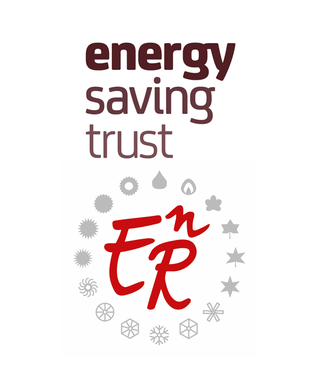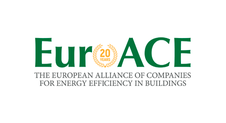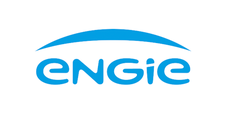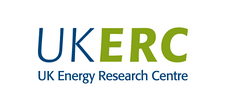Search eceee proceedings
Lighting systems in the tertiary sector: local actions and results in the Premiumlight Pro initiative
Panel: 5. Smart and sustainable communities
Authors:
Andrea Roscetti, Politecnico di Milano, Dipartimento di Energia, Italy
Casper Kofod, Energy Piano, Denmark
Joao Fong, ISR - University of Coimbra Dep. Electrical Engineering, Portugal
Abstract
Despite the broad availability of LED (Light Emmiting Diode) technology, there are still relatively few policy measures implemented at international and national level that encourage or facilitate the use of high quality and high efficiency LED lighting systems in the tertiary sector. This action is considered very important in this timeframe: buildings and street lighting systems are being refurbished and the impact of such new systems will have a long-time impact due to its very long lifetime. The international initiative Premiumlight Pro, funded by Horizon 2020 and delivered by an experienced consortium of experts in 9 European Countries, covered information and policy elements to achieve an impact on a multi-level approach.
The communication and information campaign, carried out at national level, includes three main tools: trainings, the action on policy-instruments, and the development of an improved information service. For the training, the nine partners from the participating countries developed different strategies for addressing different actors, based on the local situation. Traditional courses from basic to the advanced level were carried out directly by the consortium members or by local training partners. The action was successful and with positive feedback, mainly within the public sector stakeholders (municipalities, local governments, …).
The improvement of policy strategies was proposed from the EU to the local level. The main fields in which Premiumlight Pro focused were the EU Ecodesign and Labelling, the EPBD national implementation and the national GPP minimum requirements. The initiative covered the active contribution to legal frameworks for LED lightning systems at EU-level, expert discussions with municipalities, manufacturers, associations and policy makers, the improvement and standardization of schemes (e.g. white certificates) as well as development and recommendation of new incentive schemes.
In parallel, for informative purposes, informative tools were developed such as a database for high quality LED products, the collection of best practice examples, the distribution of calculation tools (covering quality and life cycle, the development of procurement criteria and planning-guidelines for LED-lighting solutions both for indoor and for street lighting, in the public and private sectors.
During the action some of the weaknesses of the professional lighting sector were identified and discussed within the consortium and with stakeholders,: the lack of a wider and reliable standardized set of technical information regarding some of the products, the infrequent use of qualified designers in some countries for ensuring light quality especially in smaller projects, and the absence of limits in consumption for lighting systems (also when considered as indicator and included in the building performance certificate).
The concrete implementation in more than 160 public authorities and 450 private companies, the training of more than 1200 experts, the involvement of 6000 public and private entities supported the implementation of efficient and high quality LED lighting systems in the service sector. The savings triggered by the project activities are expected, in the mid term, to reach for indoor lighting 165 GWh/y and 118 GWh/y for outdoor lighting, considering only the 9 countries involved.
Downloads
Download this presentation as pdf: 5-325-19_Roscetti_Presentation.pdf
Panels of
1. The dynamics of limiting (energy) consumption
2. What's next in energy policy?
4. Monitoring and evaluation for greater impact
5. Smart and sustainable communities
7. Make buildings policies great again
8. Buildings: technologies and systems beyond energy efficiency
9. Improving energy efficiency in ICT, appliances and products

























